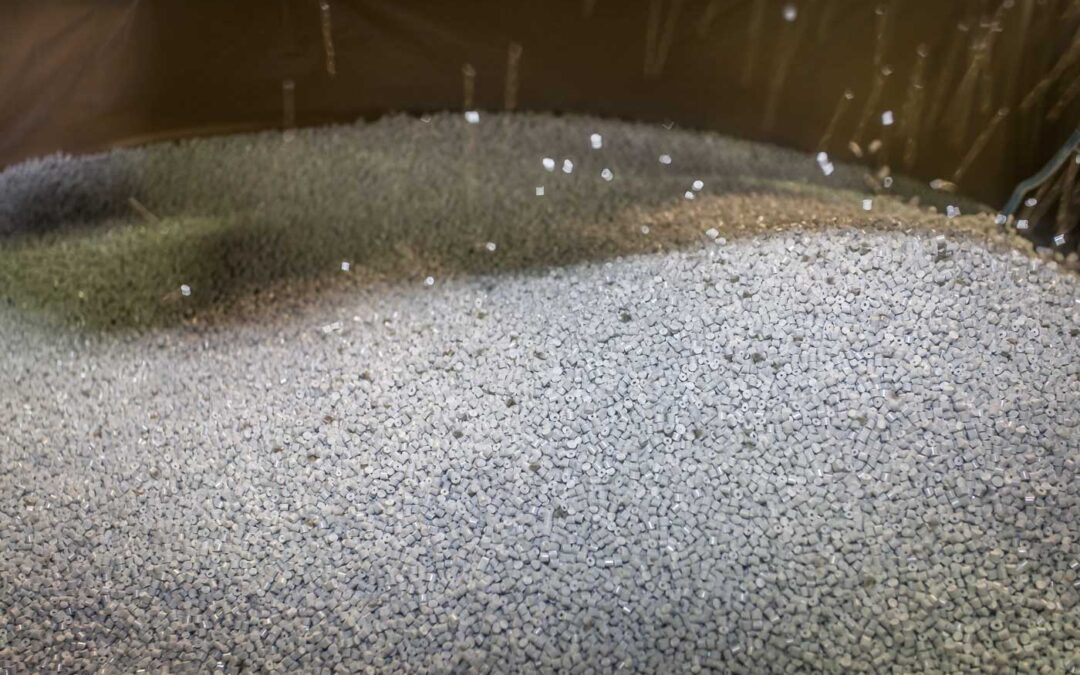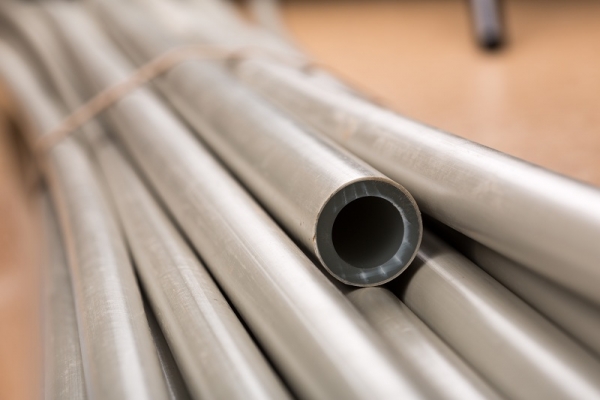For products which require a softer inner core and a hard outer surface, Structural foam molding guarantees tough and reliable wall sections. This type of molding process is generally used for medium to high volume production and produced on injection molding machines where a foaming agent is used to produce thick internal wall sections.
Depending on the processing method and the application, there are wide varieties of Polycarbonate plastic available in the market. There are different blends of Polycarbonate PC like ABS, Polyesters etc. which are normally used in the automotive industry. There are various processing methods associated with Polycarbonate which includes Injection molding, Vacuum forming, Extrusion, Structural foam molding and Blow molding.
Typically used for applications or products where the goal is to reduce the component weight and tension in the material needs to be avoided, Structural foam molding allows the designer to work easily with complicated designs because the material thickness can be varied between 4 and 10 mm, allowing for diverse designs. A high level description of the structural foam molding process includes use of an injecting propellant which creates the material structure with consistent shape and design throughout the product.
Among several advantages associated with Structural foam molding, one of the most interesting aspects is its ability to make lightweight yet extremely durable and strong products. However, one also needs to be aware that the product surface needs to be painted for a better visual appearance. The superior strength to weight ratio and the use of low pressure allows a wide range of flexible and complex designs, thereby making this process extremely popular.
The process involves use of a small amount of chemical blow agent inside the plastic material which makes the internal walls thicker. When the melted plastic gradually enters the mold cavity, foaming would create a plastic wall that solidifies into a great molding wall. This versatile process can be easily used with any thermoplastic which can be injection molded. The large plastic products have a solid skin and a cellular inner structure while keeping the weight lower which makes it a favorite for vehicles, sports equipment and aircraft.
The Process
Structural foam molding needs Nitrogen to be injected into the melt before it is injected into the mold. Once the solid wall is created, the core is retracted so that the pressurized gas can expand and create a uniform cellular structure. Used with most thermoplastic materials, the process allows for weight reduction without compromising on its high rigidity features. The molded material doesn’t warp and also there are no sink marks because of the dense skin and rigid core.
The dimensional stability and high impact strength allows for great processing flexibility. The structural foam molding process creates molded parts with a smooth and solid surface on the outside and a foam structure on the inside.





